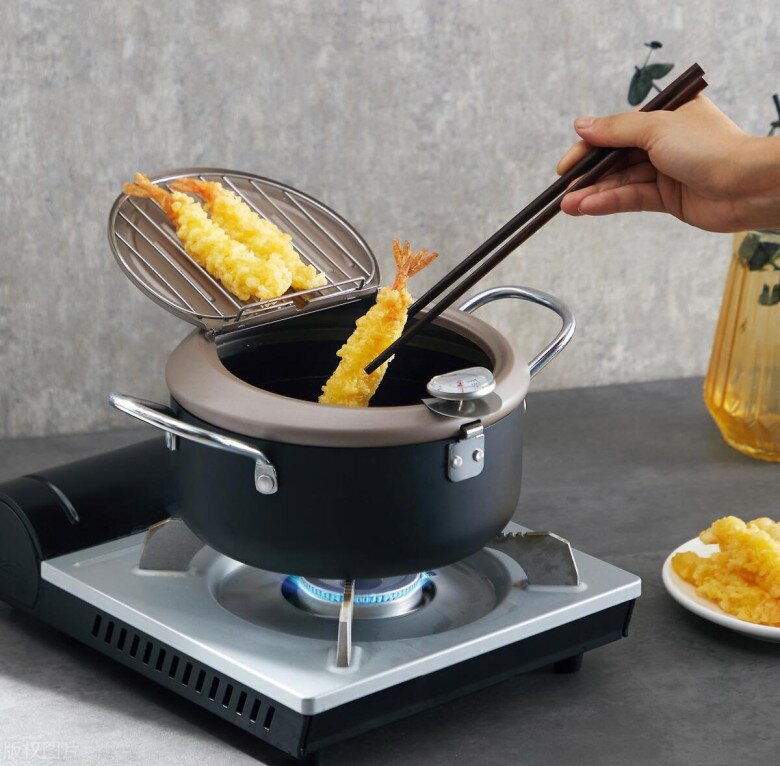Mini gas stoves are often more affordable compared to other types of stoves such as electric or induction cooktops, and they don’t require electricity to operate, helping to save on electrical costs. For many, using a mini gas stove is simple and doesn’t require extensive technical knowledge; simply replace the gas canister when it’s empty, and you’re ready to cook.

However, mini gas stoves also have some drawbacks that are causing more and more people to put them on their blacklist.
1. High Risk of Fire and Explosions
Mini gas stoves use small canisters, and if not handled carefully, gas leaks can occur during use or when replacing the canister. Incidents such as gas leaks can lead to fires and explosions, especially if the indoor air is not well-ventilated or if the gas canister is damaged.
Additionally, while mini gas stoves are typically designed to be simple, not everyone fully understands how to use them correctly. Small mistakes like leaving the gas valve open for too long, not checking the stove thoroughly before use, or operating it in an enclosed space can all lead to accidents.

2. Air Pollution
When using a gas stove, the combustion process releases carbon dioxide (CO2), carbon monoxide (CO), and other compounds such as NOx (nitrogen oxides), which are air pollutants and can be harmful to human health, especially when used in small, poorly ventilated spaces.
Prolonged exposure to CO can be detrimental to individuals with respiratory issues.

3. Emergence of Alternative Cooking Appliances
The market now offers a wide range of alternative cooking options, such as electric, induction, and infrared stoves. Electric stoves, in particular, are becoming a popular choice as they are easy to use, do not pose the risk of gas leaks, and are generally safer. They are also easier to clean compared to mini gas stoves, and there’s no need to worry about frequently replacing gas canisters.
Induction cooktops are another superior option as they use magnetic fields to generate heat directly in the cookware, without radiating heat into the surrounding environment. This not only saves energy but also creates a cooler and safer cooking space.

4. Inconvenience in Purchasing and Replacing Gas Canisters
Mini gas canisters need to be replaced periodically, and users must ensure they buy new ones when they run out. This can be inconvenient, especially if users have to search for a gas supplier or encounter unexpected issues during the replacement process.
The cost of mini gas canisters and replacement fees can also add up, especially with continuous long-term use. Users may find that these expenses gradually exceed those of other cooking methods, such as electric or induction stoves.

5. Lack of Convenience
Mini gas stoves are prone to getting dirty and require frequent cleaning. This can be time-consuming and cumbersome for users, whereas electric or induction cooktops are generally easier to maintain and less prone to grime.
Modern electric stoves often come with various automatic functions, making it effortless to adjust temperatures, set timers, and eliminate the worry of turning off the gas after use, as is the case with mini gas stoves. As a result, mini gas stoves are less convenient compared to their alternative cooking options.


































